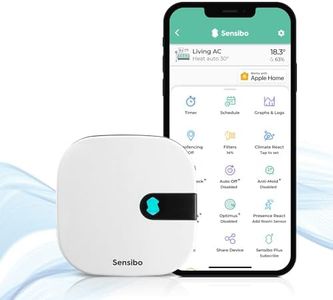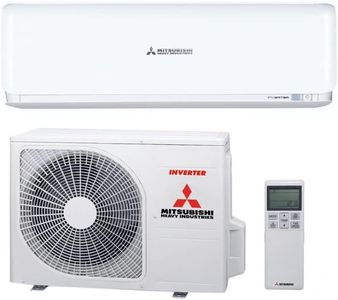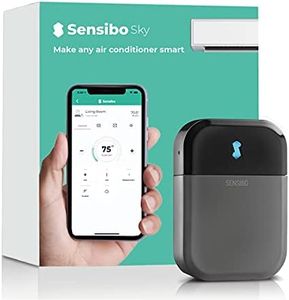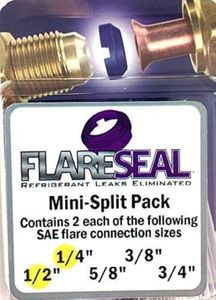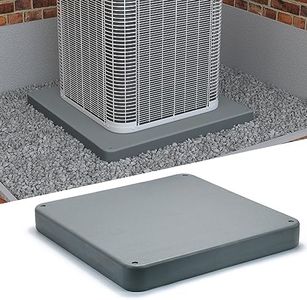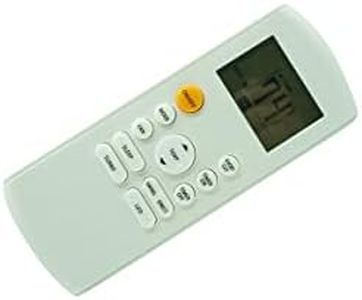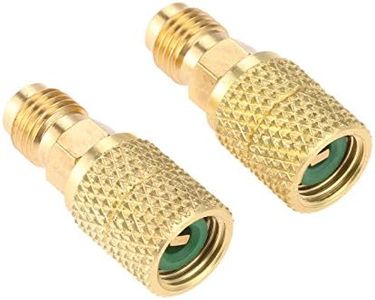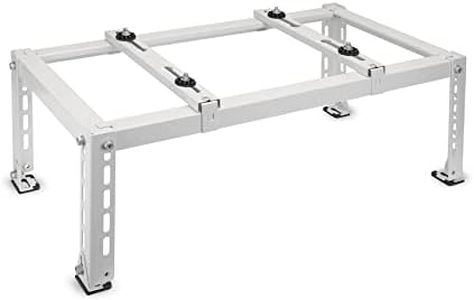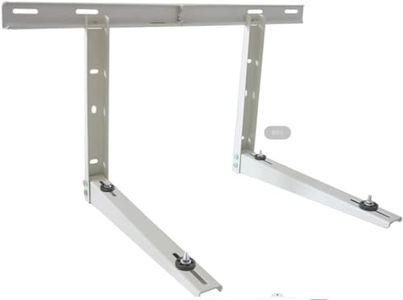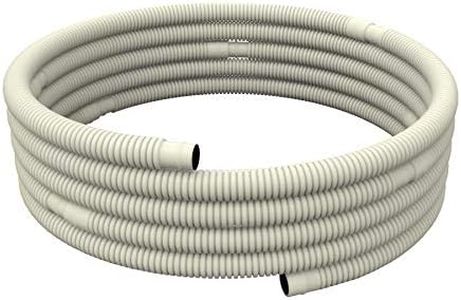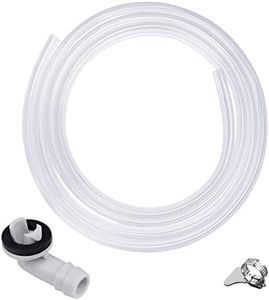We Use CookiesWe use cookies to enhance the security, performance,
functionality and for analytical and promotional activities. By continuing to browse this site you
are agreeing to our privacy policy
10 Best Mini Splits
From leading brands and best sellers available on the web.Buying Guide for the Best Mini Splits
When it comes to choosing a mini-split system for heating and cooling, it's important to focus on matching the unit to your room or home size, climate needs, and features that fit your comfort preferences. Mini-splits are prized for their energy efficiency and flexibility, but there’s no one-size-fits-all model. You should understand key specifications and think about your unique needs, such as the size of the area you want to treat, local climate conditions, and how much control or automation you prefer. Considering these aspects will help you choose a system that delivers both comfort and efficient use of energy.BTU CapacityBTU stands for British Thermal Unit, which measures how much heating or cooling power a mini-split system has. A higher BTU rating means the unit can condition a larger space, while a lower BTU is better for smaller rooms. It's important to match the BTU rating to your room size: too small and it won’t properly heat or cool, too large and you may waste energy and money. For small rooms, lower BTU units (6,000-9,000 BTU) are enough, medium spaces may need 12,000-18,000 BTU, and big areas or open plans might need 24,000 BTU or more. Consider the square footage of your space as well as factors like insulation and sun exposure, and use online BTU calculators to guide your choice.
Zone CapabilityZone capability refers to how many separate indoor units (zones) a single outdoor mini-split unit can support. Single-zone systems serve one room or area, while multi-zone setups let you control several rooms independently. If you just need to control temperature in one place, a single-zone system is fine. If your goal is whole-home comfort or treating several spaces with different needs, opt for a multi-zone system, which gives more precise control and can improve energy efficiency throughout your home.
Energy Efficiency Rating (SEER and HSPF)SEER (Seasonal Energy Efficiency Ratio) measures a mini-split’s cooling efficiency, while HSPF (Heating Seasonal Performance Factor) measures heating efficiency. Higher numbers mean better energy efficiency and lower electricity costs over time. SEER values typically range from 15 to 30+, and HSPF values generally range from 8 to 13. If you live somewhere with hot summers, prioritize a higher SEER; for cold winters, focus on a higher HSPF. Higher efficiency is usually worth it if you plan to use the system frequently or want to keep energy use low.
Compressor Type (Inverter vs. Non-Inverter)If you value energy savings, quieter performance, and consistent comfort, inverter models are a great fit. Older, non-inverter units may have a lower upfront cost, but tend to be noisier and more expensive to operate.
Noise LevelMini-split systems have both indoor and outdoor units, each making some noise when running. Noise levels are measured in decibels (dB); lower numbers mean quieter operation. Indoor unit noise typically ranges from 20 to 45 dB (like a whisper to light rain), and outdoor units are generally louder. If you'll have the mini-split in a bedroom, study, or living room, opt for a quieter (lower dB) unit for comfort. Always check both indoor and outdoor ratings, especially in places where outdoor noise might be an issue.
Installation FlexibilityThis refers to how and where the mini-split system can be installed—wall-mounted, ceiling cassette, floor-mounted, or ducted types. Wall-mounted units are most common and easiest to install, while other styles might better suit certain aesthetics or space constraints. Consider where you want cool or warm air delivered, the look you prefer, and any installation limitations based on your home's structure. If you need a discreet or centrally located system, cassette or ducted options may be better, but these can be more complex to set up.
Control Options and FeaturesModern mini-splits offer various control options, like remote controls, wall panels, Wi-Fi connectivity, and smartphone apps. Some have advanced features like programmable schedules, sleep modes, or voice assistant integration. These features let you fine-tune comfort and can enhance energy savings. If you enjoy tech convenience or want to automate your climate, look for units with robust control options; if simplicity is your goal, a basic remote will suffice.
